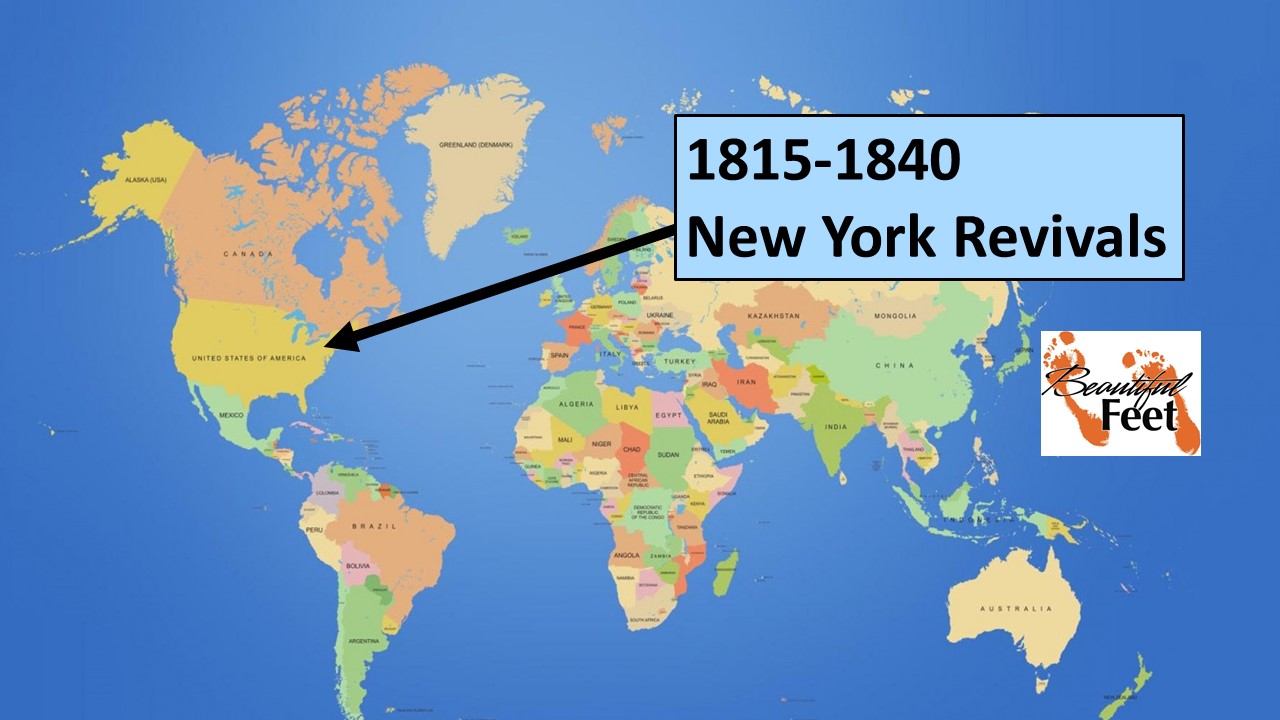
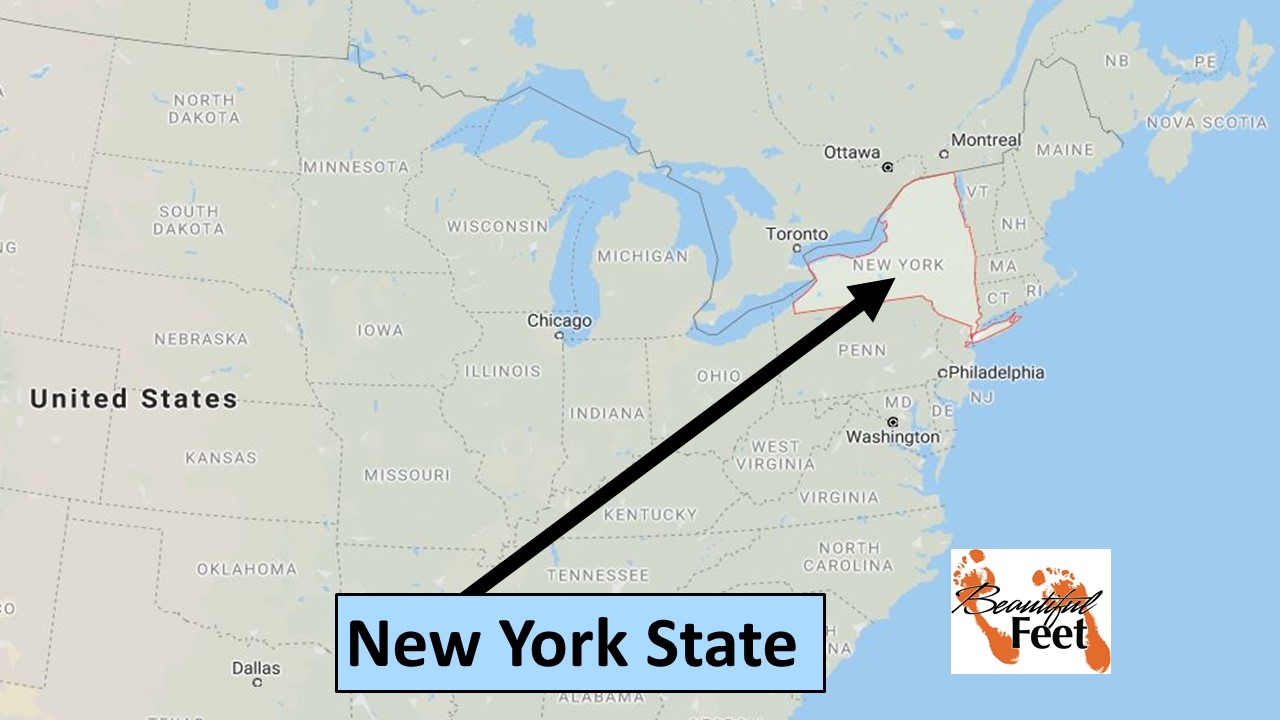
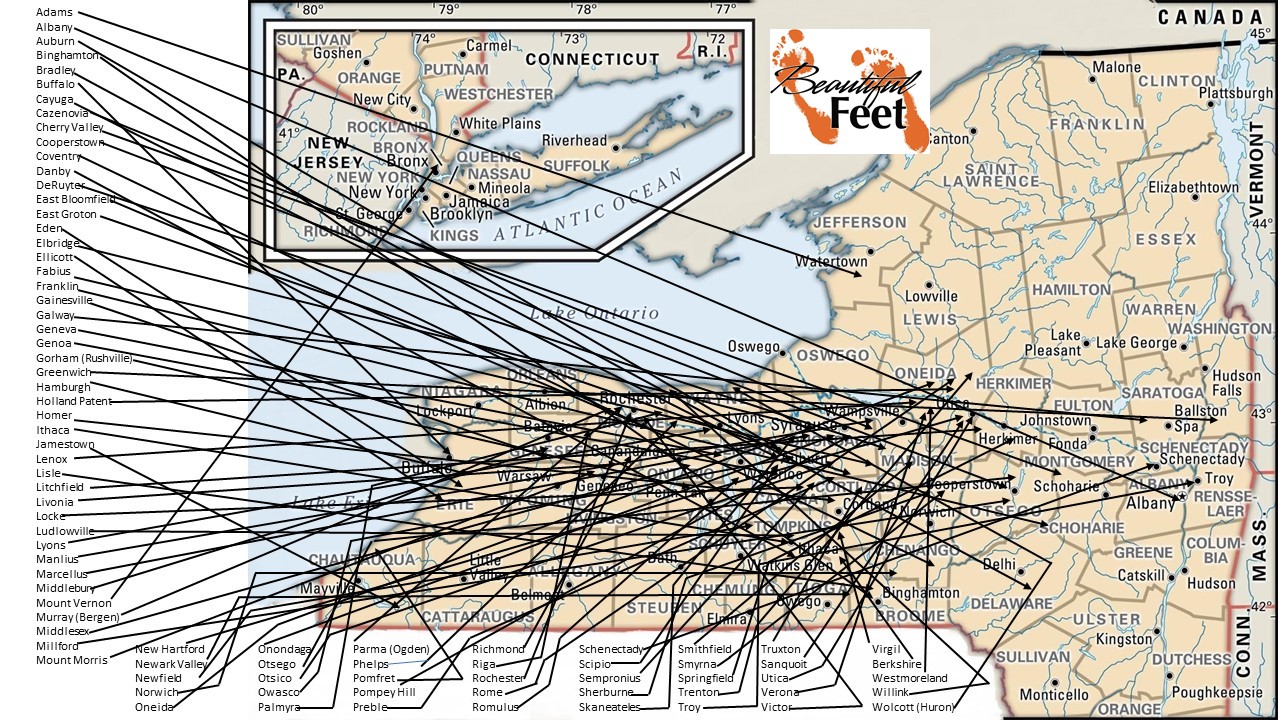
This map shows 86 towns in the state of New York that experienced revival between 1815 – 1840. There were undoubtedly many more!
Initial Stages of the Revival
►Because revivals are contagious, the revivals that began in upstate New York, beginning around 1815, were an overflow of the New England Revivals that had started in Connecticut in 1797. There were similar outbreaks of revival that were taking place in Kentucky at the same time, at Red River / Gasper River and Cane Ridge. All of these were considered as the beginning of the Second Great Awakening, which eventually overspread the entire nation.
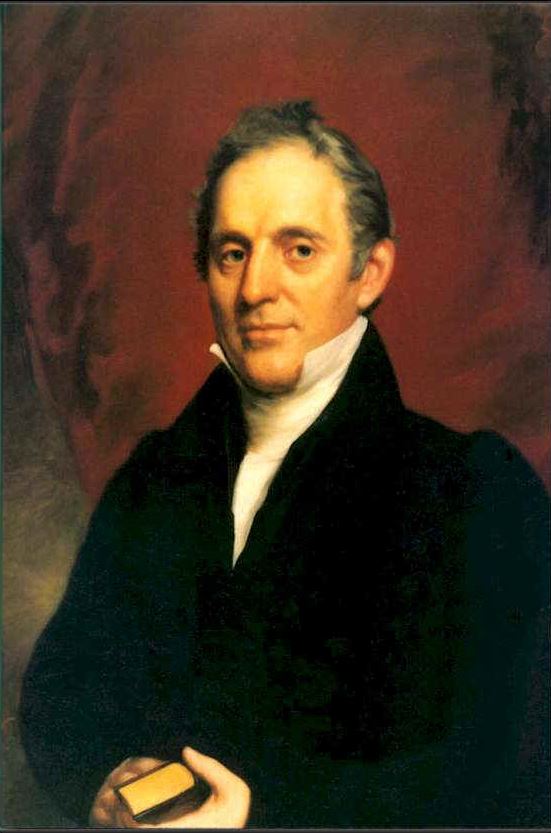
Asahel Nettleton
►Asahel Nettleton was a product of the revival that took place in Killingworth, Connecticut in 1801-1802. He became an influential revivalist who is credited with having converted 30,000 to Christ. He conducted ministry in a number of upstate New York towns from 1816-1819. During that time the Methodist churches alone reported 2,700 people were added to their membership rolls.
►By July 1819, Nettleton was exhausted and went to Saratoga Springs, New York to rest. Instead of resting, however, he found himself once again engaged in ministry in that area. The following brief excerpt from his Memoirs (pg. 94-98) gives a glimpse into how extensive the revival was spreading:
• The scene is beyond description. Did you ever witness two hundred sinners, with one accord in one place, weeping for their sins. Until you have seen this, you can have no adequate conceptions of the solemn scene. I felt as though I was standing on the verge of the eternal world; while the floor under my feet was shaken by the trembling of anxious souls in view of a judgment to come.
• Within a circle whose diameter would be twenty-four miles [around Union College, NY], not less than eight hundred souls have been hopefully born into the kingdom of Christ since last September.
• This revival, which commenced at Saratoga Springs [New York], and spread into the surrounding region, resulted in the hopeful conversion of not less than two thousand souls.
• The same glorious work is spreading fast into other towns and congregations.
Charles Finney and the Burned-Over District
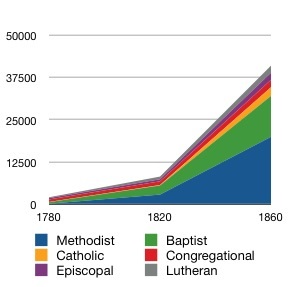
GROWTH OF DENOMINATIONS
During the Second Great Awakening
►Charles Finney is perhaps the most renowned evangelist in the history of the Church. He started out as a lawyer, but after his extraordinary conversion to Christ on October 10, 1821, he abandoned that profession for evangelistic ministry in 1824.
►Finney was credited with adding fuel to the already burning revivals in New York, and his ministry gave another 15 years of forward momentum to the Second Great Awakening that was blanketing the United States.
►The term “Burned-Over District” was used by Charles Finney to describe the areas in New York that had experienced so many revivals that there were no more fuel, or unconverted people, left to evangelize.
Results from Just Three of Finney’s Areas of Ministry
• Rome, New York – 500 converts
• Utica, New York – 500 converts, and 1,000 added to the membership rolls of churches in the surrounding area.
• Rochester, New York – Finney claimed that as a result of his Sept. 1830 – March 1831 revival in Rochester, revivals broke out in 1,500 towns and villages, adding 100,000 persons to the churches nationwide.
►Though controversial at the time, Finney’s success in Rochester and other areas was enhanced by:
- Encouraging the immediate reception of new converts as members in churches.
- Conducting protracted meetings [revival services] over a period of days or weeks.
- Allowing women to pray and exhort during church services.
- Utilizing women’s prayer groups to capitalize on existing social networks for evangelism.
- During his sermons those who felt the conviction of sin and their need of a Savior were invited to come to the front to sit in the pews reserved for them. This pew was called the “anxious seat.” Others have termed this the “mourners’ bench.”
- He would pray for people publicly by name.
Infectious Nature of Revivals
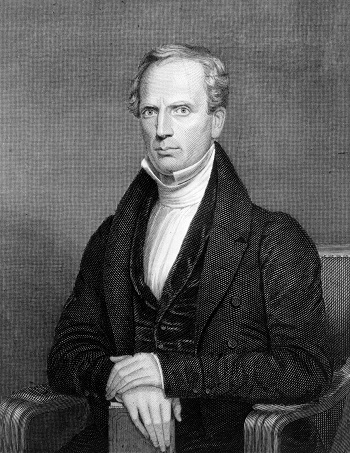
Charles Finney
►The New York revivals spread from one church to another, and from one town to another.
►These small churches, in towns with very low populations, were frequently reporting conversions in the amounts of: 50, 107, 140, 200, 250, 300, etc.
Results of the Revivals
►Many taverns closed because of a lack of customers.
►Theaters were known to shut down because few would frequent them. (Theaters were considered sinful places of amusement.)
►The District Attorney stated that after the revival in Rochester, NY, the crime rate dropped by two-thirds and remained that way for years.
►Hundreds of thousands became members of the churches.
This Revival was Typical of the Entire Nation
Though the revival in upstate New York was astounding in itself, it was typical of what was taking place throughout the nation at that time. This era is known as the Second Great Awakening (1790 – 1840).
Finney Revival Account List
Access all accounts of Finney’s revivals using this link.
Sources
- Charles Grandison Finney & the Second Phase of the Second Great Awakening by Christian History Institute
- Eerdman’s Handbook to Christianity in America by Mark A. Noll
- Fire From Heaven by Robert Evans (2005)
- Great revivals and the great republic by Warren Candler (1904)
- Man of Like Passions: The Life Story of Charles Grandison Finney by Richard E. Day
- Memoirs of Revivals of Religion by Charles G. Finney (1876)
- Memoir of the life and character of Rev. Asahel Nettleton by Bennet Tyler (1850)
- Second Great Awakening Wikipedia
Return to List of Revival Stories
Chet & Phyllis Swearingen:
Office: (260) 920-8248
romans1015@outlook.com
Beautiful Feet
P.O. Box 915
Auburn, IN 46706

